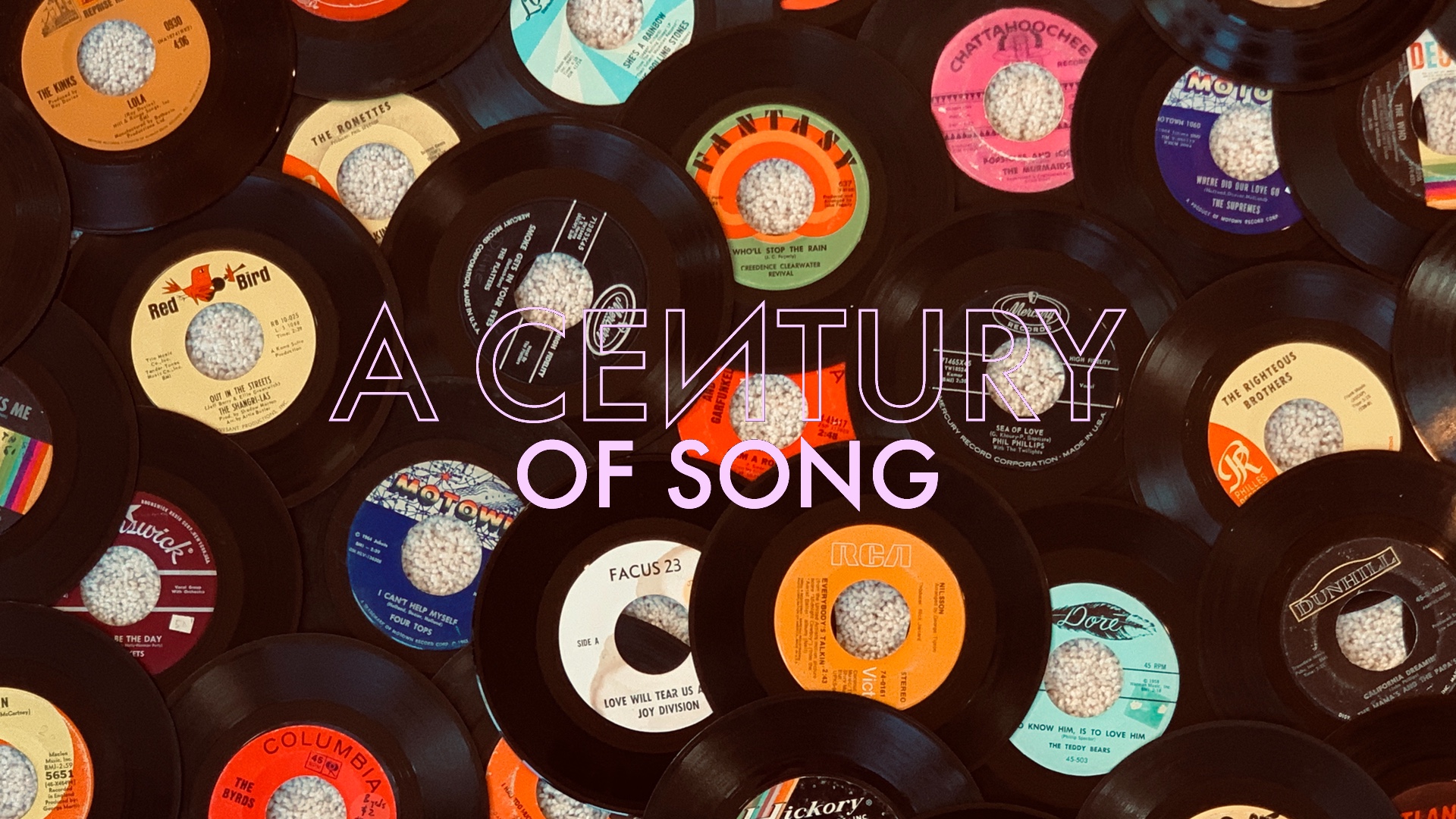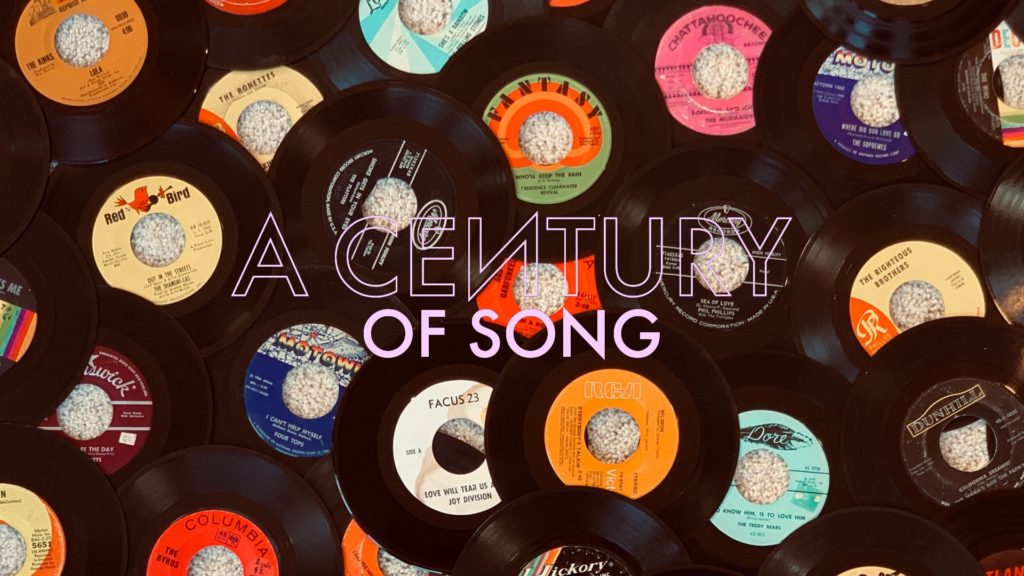
A Century of Song is an attempt to summarize 100 years of popular music through 1000 carefully chosen tracks. Included within this list are landmark singles, stellar album cuts, huge hits, hidden gems, and more than a few personal favorites. Read the introduction for the project here, and enjoy the embedded videos and Spotify playlist.
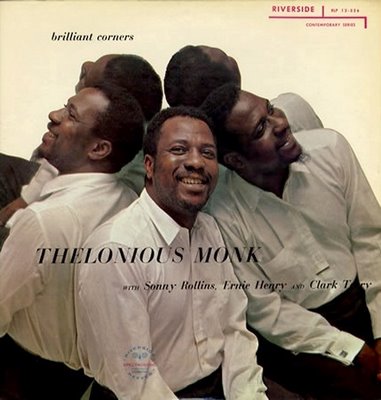
340
As the opener and title track to Thelonious Monk’s greatest studio album, “Brilliant Corners” lives up to the promise implied in its title. The song mixes Monk’s playful piano work with something that was every bit as accessible as it was exploratory.
“Brilliant Corners” is one of those tracks that is immediately, undeniably the work of Thelonious Monk. Its off-kilter melodic and rhythmic work could only have sprung from this mind, but within the song’s thorny exterior was a composition that was easily appealing to both the trained and untrained ear.
Marked by its alternating tempos, “Brilliant Corners” displayed the remarkable synergy between Monk and one of his most compelling assemblages of talent. The drum work of Max Roach – whose combo with Clifford Brown had just ended in tragedy – is particularly noteworthy, as he navigates the song’s quickly shifting dynamics with ease. It’s a most inviting introduction to one of the finest jazz albums of all-time.
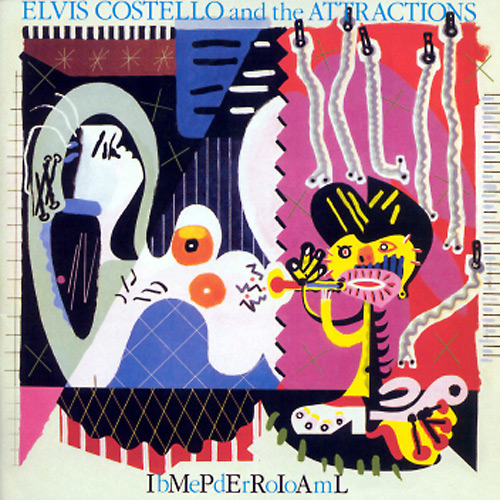
339
Coming off of a series of albums that defined – and then re-defined – New Wave, Elvis Costello indulged in a lush baroque pop sound on 1982’s Imperial Bedroom. Produced by Geoff Emerick – who was the lead engineer on The Beatles’ most trailblazing recordings – Imperial Bedroom had a stately grandeur that set it apart from Costello’s earlier work.
The album’s lead track, “Beyond Belief” is a swirlingly kaleidoscopic song – hardly indicative of the hook-filled record that follows, but with the same attention to detail. Costello’s group, The Attractions, had coalesced into one of the sharpest bands of their time, and their prowess is displayed in the song’s hypnotically insistent instrumental backing.
Where “Beyond Belief” truly hits the upper reaches of Costello’s catalog is in his lyrics. The rapid-fire delivery of the most stinging barbs of his career give the song a thematic bite to match the sinister undercurrents of its music. It’s poetic, cutting, and undeniably clever. Though the meaning of it all is not easily parsed, the mixture of dark music and cryptic lyrics still convey a clear message all the same.
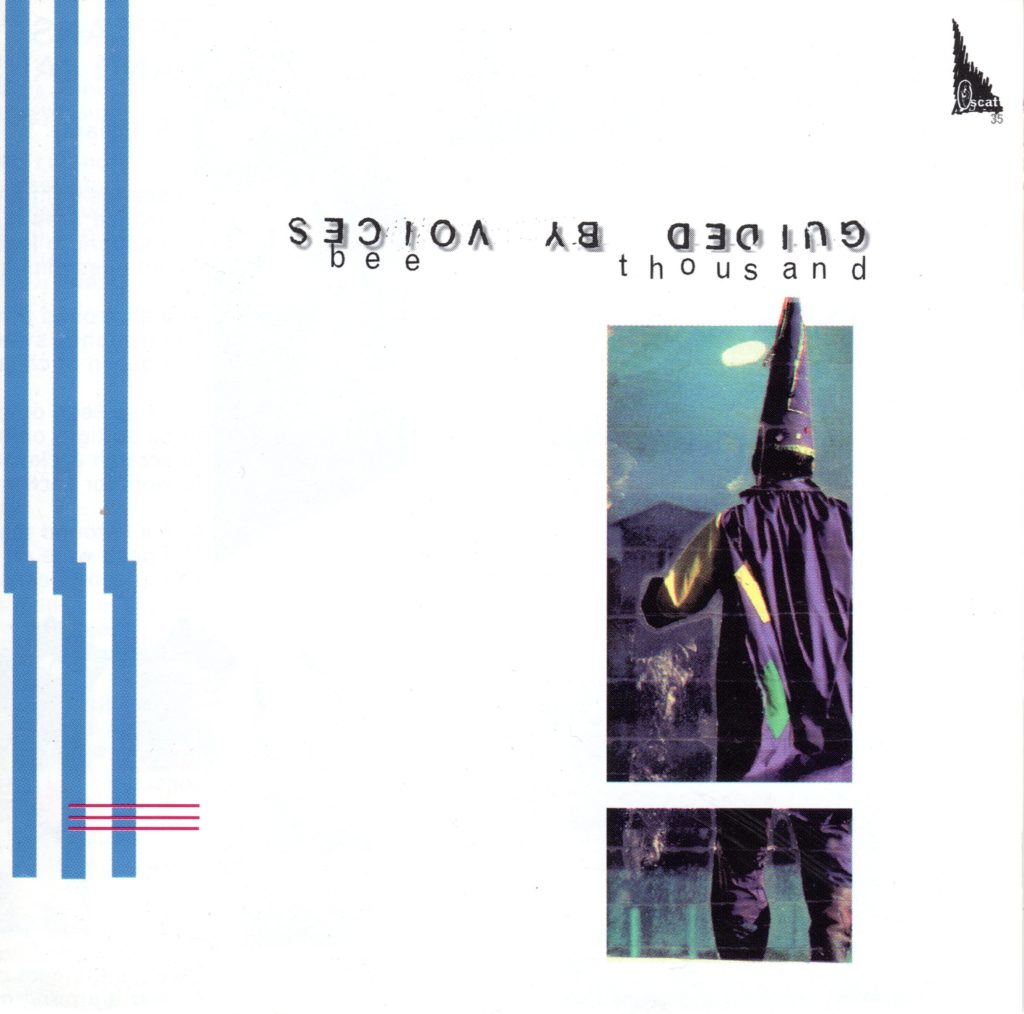
338
Guided by Voices’ 1994 masterpiece, Bee Thousand, emerged from more humble origins than perhaps any great rock album. Recorded on a Tascam four-track cassette machine by Robert Pollard and his rotating cast of drinking buddies, Bee Thousand may have been comically low-budget and defiantly lo-fi, but it was a remarkably ambitious record nonetheless.
The peak of Bee Thousand – and of Pollard’s absurdly prolific career, with or without GBV – is “Tractor Rape Chain.” Opening with a lone acoustic guitar that – somewhat charmingly – threatens to out-volume the big rock blast that introduces the song proper, “Tractor Rape Chain” is homespun in form, but big league in content.
Pollard has always been prone to flights of absurdism and abstraction. Bee Thousand alone contains oddball allusions to shady characters, acid-induced nightmares, and a triumphant ode to elf-kicking. Despite its cryptic title, “Tractor Rape Chain” is a surprisingly direct moment from Pollard. There are multitudes of sorrow expressed in the chorus’ first line – “parallel lines on a slow decline” – but even if there weren’t, that melody alone is a thing of beauty.
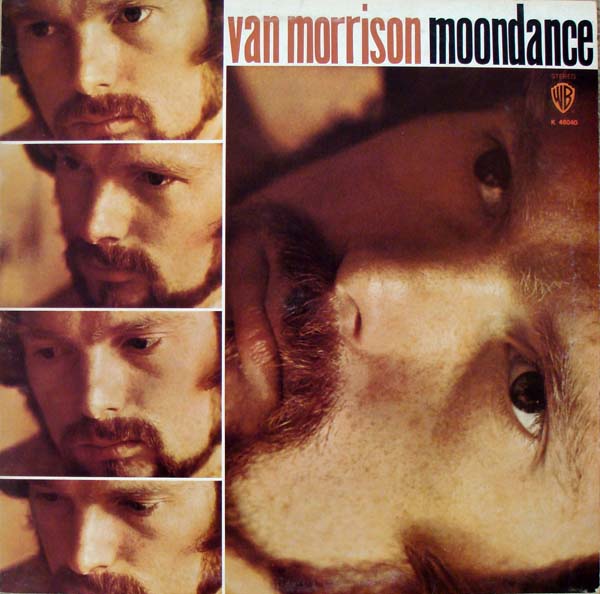
337
It hasn’t been that long since I last wrote about Van Morrison (#402), but in that brief interim, Van the Man has pulled a bit of a heel turn. In simpler times – well before he was deriding the British government for reasonable, scientifically-proven virus prevention methods – he was simply known as a translator of the sublime. “And It Stoned Me” was one of the finest examples.
Opening 1970’s spectacular LP Moondance, “And It Stoned Me” has a casual elegance that sets a perfect scene for the album to follow. More immediately song-y than anything on Morrison’s previous record – 1968’s transcendent Astral Weeks – the track finds a comforting middle ground between his jazz and pop impulses.
“And It Stoned Me” unsurprisingly finds Morrison in fine voice. However, it’s the gently restrained musical accompaniment that truly sells the song. Its melancholy undercurrents are draped with a lush backdrop of acoustic instrumentation – laid back, but far too substantive to be characterized as “easy listening.”
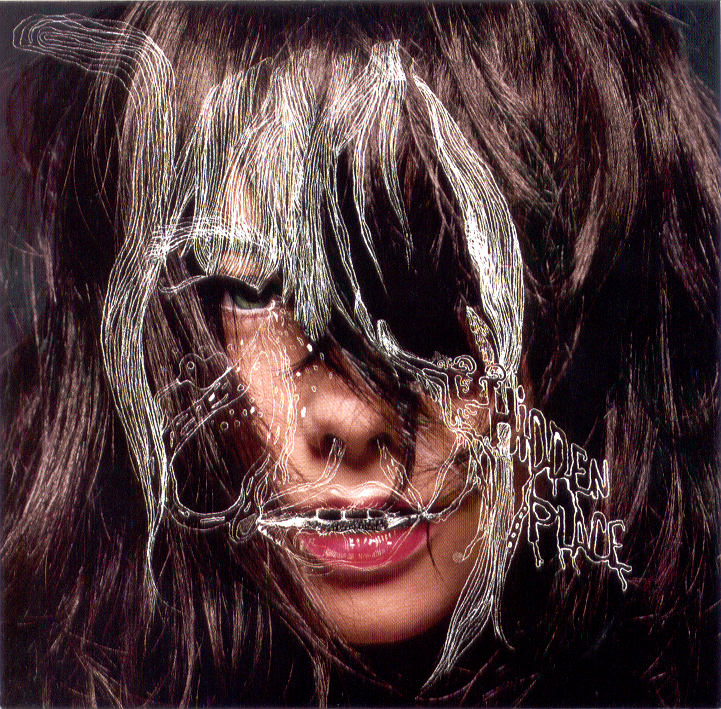
336
In recent years, there has been a movement towards viewing Björk’s 2001 album Vespertine as her greatest work – where consensus once favored its predecessors, Post (1995) and Homogenic (1997). Doubling down on the icy textures of Homogenic, Vespertine is a captivating song cycle from one of the modern era’s most restless geniuses. “Hidden Place” makes for its rather attention-grabbing introduction.
Musically, the most immediately striking elements of Vespertine are the choral arrangements that characterize several tracks. These are revealed in stunning fashion on “Hidden Place”‘s first chorus. Atop a bed of skittering rhythms that go several steps beyond the abstracted beats of Radiohead’s game-changing 2000 album Kid A (itself heavily inspired by Homogenic), the combination of ingredients both organic and alien is little short of mesmerizing.
To the general public, the most notable thing that Björk did in 2001 was wear her infamous “swan dress” to the Oscars. Leave it to the general public to fixate on that kind of tabloid fodder, while ignoring the fact that – five months later – she would release her third consecutive masterpiece.
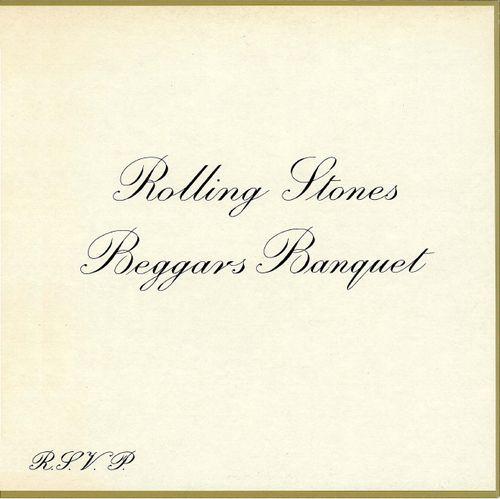
335
The standard line about The Rolling Stones in 1968 is that it was the point in which the group stopped following The Beatles, and accepted their position as a phenomenal, blues-based rock band. First off, this narrative undersells the value of the group’s often-brilliant psychedelic era (#708, 748), while also implying that they retreated into something “trad” in nature. The opening track to 1968’s Beggars Banquet argues otherwise.
While it’s partially characterized by Keith Richards’ scorching lead guitar work, “Sympathy for the Devil” features a surprisingly lush arrangement – at least for a group that had allegedly given up on the baroque affectations of its recent work. Heavily rhythmic, the song takes on a samba-esque feel with its layers of hand percussion and chanted backing vocals. Richards, and guest pianist Nicky Hopkins, provide the song’s pulsing rock elements.
Of course, it’s the lyrics that garnered most of the attention. Already a frequent target of the British press, the Stones found themselves accused of hiding Satanist views in a pop song. I guess it’s not that surprising that British conservatives were so concerned. “Sympathy” made communion with the devil sound like one hell of a seance.
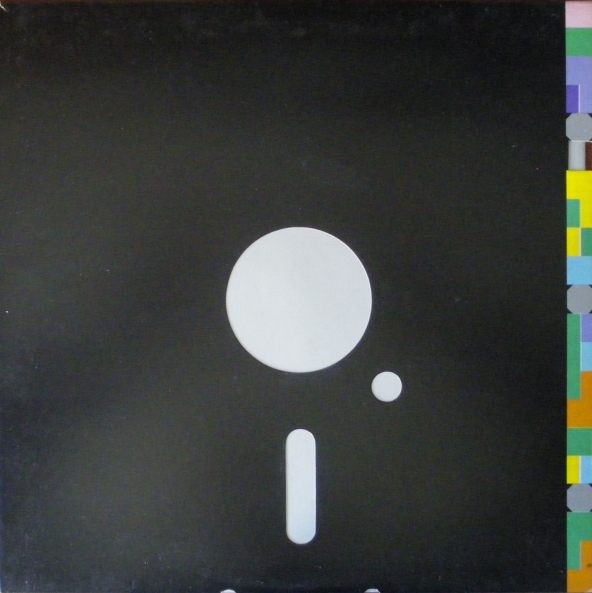
334
I’ll get a couple of things out of the way off the bat. First, I do not ascribe to the recently-emergent idea that New Order were either A) more influential –or– B) better than the group that they emerged from. Second, I happen to think that “Blue Monday” is, at best, at least a little bit “dorky.” With that said, this is some kind of a jam.
“Blue Monday” is New Order’s peak. While some of the group’s best moments found them exploring an airier atmosphere, “Blue Monday” is stifling and claustrophobic. Its intentionally mechanical elements draw a straight line back to Kraftwerk, but its bleakness was unquestionably a throwback to Bernard Sumner, Peter Hook, and Stephen Morris’ time in Joy Division.
There’s a malaise to “Blue Monday” that is conveyed not only in the stilted rhythm, but in Sumner’s lyrics. Songs engineered for the dance floor – even dark ones – had rarely been associated with introspection, but “Blue Monday” matches its hypnotic beat with an overwhelming sense of dread. That combination was not only rare for the time, but it remains striking to this day.
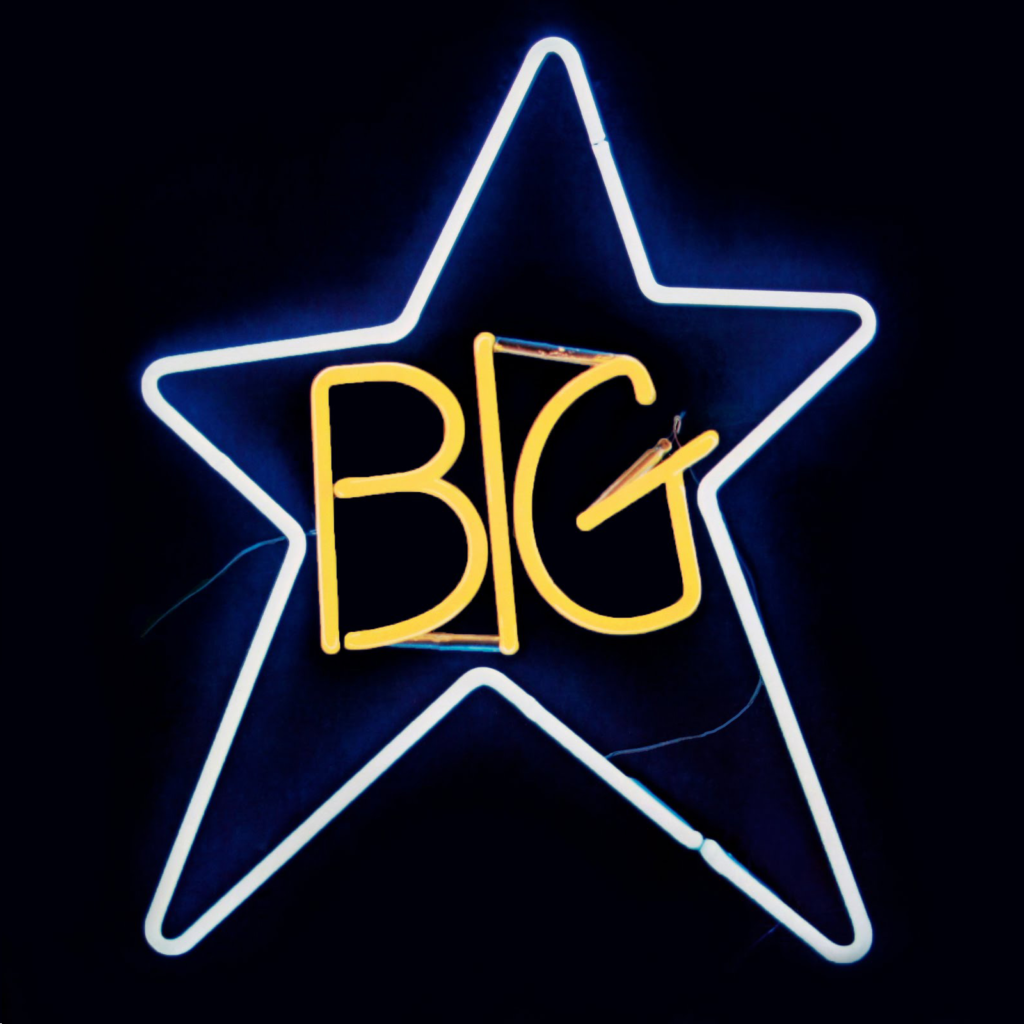
333
Big Star are the archetypal power pop band, but one of the group’s most beloved tracks, “Thirteen,” is a gentle acoustic ballad that established a template for indie singer-songwriters for decades to come. The highlight of the Memphis group’s 1972 debut, #1 Record, “Thirteen” was primarily the work of Alex Chilton, but it shows the compatibility between he and the band’s ill-fated founder, Chris Bell.
One of the most wistful odes to adolescence in the rock canon, “Thirteen” is a testament to young love, soft rebellion, and the healing power of music. Chilton’s lyrics may read as overly sentimental on paper, but his heartfelt delivery, the song’s achingly gorgeous melody, and the equally stunning backing vocals make it a deeply affecting track.
Big Star would ultimately go down as one of pop music’s great tragedies. While their belated status as a highly-influential cult favorite would help in providing some justice to their story, the literal and metaphorical harmony of the band began to fall apart in the wake of #1 Record‘s commercial failure. “Thirteen” is a moving document of the brief time in which the band’s name felt like a premonition, rather than an ironic punchline.
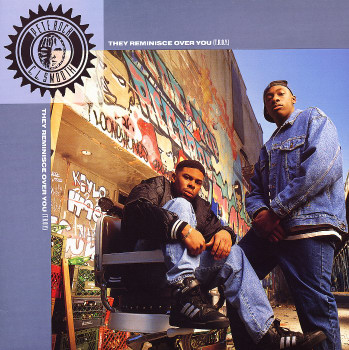
332
“They Reminisce Over You” was conceived by Pete Rock and CL Smooth as a tribute to their recently departed friend, Troy Dixon. Dixon – better known as “Trouble T Roy” from the hip-hop group Heavy D and the Boyz – died suddenly at the age of twenty-two, after an accidental fall. “T.R.O.Y.” was a bittersweet eulogy that stands as one of the finest rap singles of all-time.
Pete Rock and CL Smooth’s lyrics may have been prompted by the death of a young friend, but they find the pair of emcees delivering a sweeping rumination on grief, loss, and mortality. There is a vulnerability to the track that was rarely seen in contemporary hip-hop, but one that would prove to be influential to subsequent generations of rappers.
Musically, “T.R.O.Y.” also bridged the past and future of hip-hop. With one foot still in the door of the Golden Age sound, Rock’s production also seemed to anticipate the jazzier, more spacious leanings of the conscious rap scene that would become increasingly popular during the ensuing decade.

331
Johnny Cash pulled off one of the most improbable – and welcome – comebacks in the history of popular music with his Rick Rubin-produced American series of albums. Rubin’s stark production helped to give the aged icon’s unmistakable voice a sense of urgency and pathos, resulting in the most consistently compelling studio records in Cash’s catalog.
The centerpiece of American IV – the final album released before Cash’s 2003 death – would result in the most unlikely hit of his career. A haunting cover of Nine Inch Nails’ “Hurt,” Cash infused the song with a poignancy that added a rather unbelievable sense of gravity to Trent Reznor’s somewhat-petulant lyrics. Rubin’s arrangement swells perfectly alongside Cash’s stoic vocals – with layers of acoustic guitar, piano, and Mellotron growing increasingly intense and clipped as Cash remains unflappable.
The video for the song – directed by Mark Romanek – was every bit as haunting as the music. Cash appears, haggard and frail – a stark contrast to a series of brief clips that show him as a much younger man. His wife, June Carter, appears mid-way through. She gazes at Cash, with a look of knowing that her husband of nearly four decades was not long for this world. However, it was she who passed first – three months after the video was filmed. The Man in Black followed her just four months later.
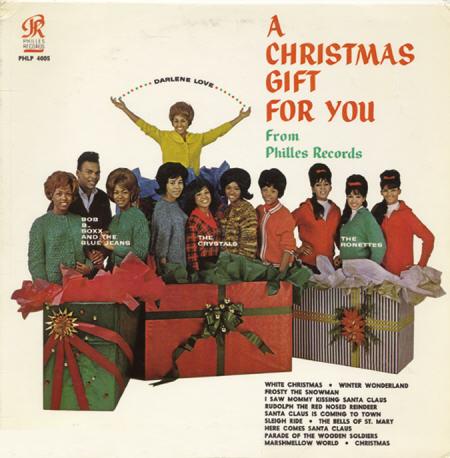
330
Written by Ellie Greenwich and Jeff Barry, “Christmas (Baby Please Come Home)” was the lone original track on Phil Spector’s 1963 holiday LP, A Christmas Gift For You. Featuring a powerhouse vocal performance from Darlene Love, it is the highlight of a record that married Spector’s patented Wall of Sound production with a set of classic – and one soon-to-be-classic – holiday songs.
Apart from any seasonal-related imagery, “Baby Please Come Come” is essentially just another stellar Spector pop single. The festive backdrop may have allowed for a few additional indulgences – particularly the ringing chimes – but the typical hallmarks of a Spector/Wrecking Crew collaboration are all present and accounted for.
The song reaches greatness with Love’s fantastic vocals. The aching nature of the lyrics led to her most inspired performance ever, and the wall of backing vocals only seem to coax more emotion from her. While the commercialism associated with the holiday season has inspired myriad artists to rush time-sensitive “product” onto record shelves, “Baby Please Come Home” stands as a pop classic for the ages.
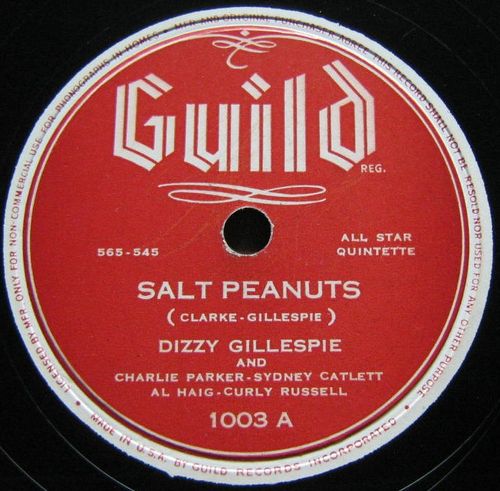
329
It’s difficult in any artistic medium – especially one as stubbornly reverent to its past as jazz music – to create something that comes off as wholly original. However, as Americans were just starting to adjust to a new postwar normal, the world of jazz was turned upside down by the frenzied sounds of the upstart “bebop” styling.
The first single in this bold new style to chart, “Salt Peanuts” was the definitive recording from the pioneering bebop trumpeter, Dizzy Gillespie. Leading a quintet that featured his friend and fellow luminary Charlie Parker, Gillespie helped to forge a new language in jazz with his fast-paced, heavily improvised melodic lines.
To listeners who were still grooving to the sophisticated sounds of swing, bebop represented something of an anarchistic threat. Gillespie, Parker, and a whole new generation of innovators seemed to be openly flaunting the rules of jazz. To others, bebop represented the first fascinating glimpse into the modern. The world had changed dramatically in the previous few years, in ways both heartening and terrifying. As that world was being reconstructed into something new, and hopefully better, it was only reasonable to expect that music might follow suit.
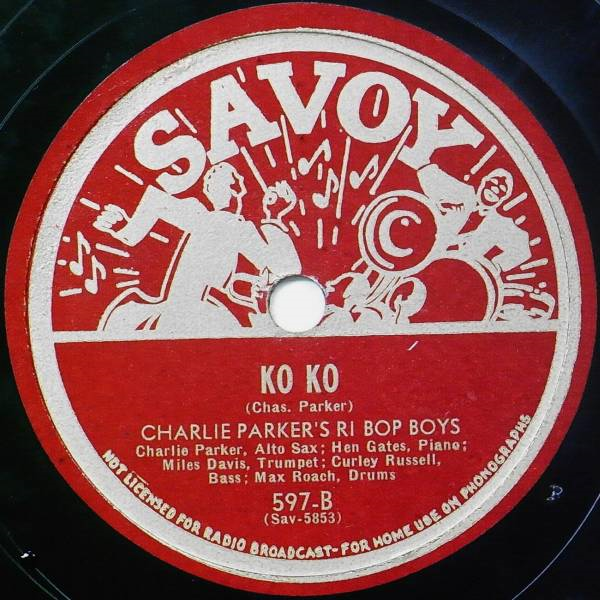
328
Alongside “Diz,” Charlie Parker – aka “Bird” – was the leading figure on the vanguard of the bebop scene. Parker’s dexterity on the alto saxophone was unrivaled by any of his contemporaries, but he was also a remarkably nuanced player who could conjure deep emotional resonance in his work.
One of Parker’s first great bebop recordings, “Ko Ko” finds him leaning heavily towards the virtuoso end of the spectrum. Backed by an ace band that included at least one future visionary in Max Roach – Miles Davis’ name appeared on the label, despite Davis’ own assertion that he did not play on the track – Parker rips through a blazing solo in which he displays no trouble keeping up with the song’s blistering pace.
As is the case with many genres, debate persists as to what exact session truly marks the beginning of bebop. While “Ko Ko” was not the first time that the style was captured in a studio setting, one can reasonably argue that it is the definitive bebop recording.
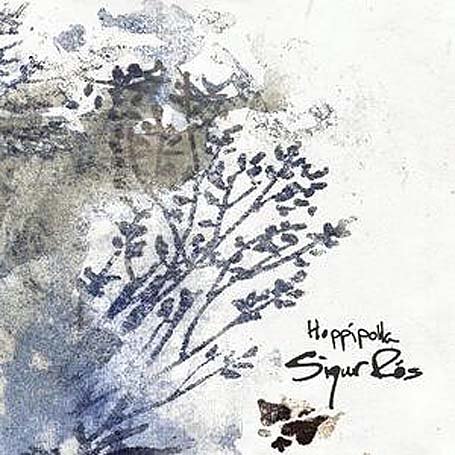
327
Following the breakout critical success of 1999’s Ágætis byrjun and its 2002 follow-up ( ), Sigur Rós took a slight turn in a more immediate direction on 2005’s Takk… Where the group’s previous work had been characterized by dramatically slow builds, Takk… saw the Reykjavík quartet sharpening their pop skills on their most direct tracks to date.
The album’s highlight – and the band’s finest track – “Hoppípolla” is virtually all crescendo. A cathartic release that was built upon Sigur Rós’ most engaging melody to date, the song may have been more conventional than the work that had put the group on the map, but it was no less effective than their lengthier epics.
The evocative-yet-accessible nature of “Hoppípolla” made it both a logical single, and an easy choice for repurposing in other media. While the band filmed a music video for the song, I’ve opted to include a live version from their gorgeous 2007 Icelandic tour documentary, Heima, instead.
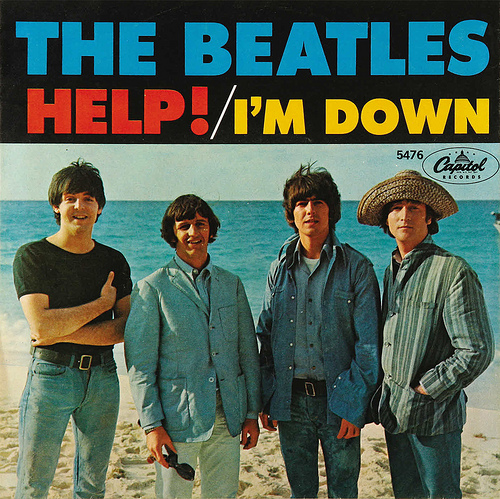
326
Well, it looks like we’ve got consecutive entries with the title themes from The Beatles’ first two films – “A Hard Day’s Night” was just listed at #358, and no, “Magical Mystery Tour” will not be in the next installment. Help! (the film) may have been a goofy romp that was partially written around The Beatles’ desire to travel to random corners of the globe, but “Help!” (the song) was one of their finest singles.
Written by John Lennon as a semi-coded message of desperation, “Help!” found the band leaning into the folky sounds that would soon be explored on Rubber Soul. Any angst that had inspired Lennon to write the song was effectively nullified by its fantastic melody, and the lightweight nature of the accompanying film.
1965 represented the point in which The Beatles first started to forcefully push against the mop top image that characterized their rise to international stardom. Their work was growing more layered and nuanced – both musically and lyrically – and there was genuine tension emerging, between their insistence to be taken seriously as artists, with their labels’ desire for more product. While the soundtrack to Help! found the band padding out the track listing with a series of relatively-routine covers, the original material – including this stirring title track – was virtually all extraordinary.
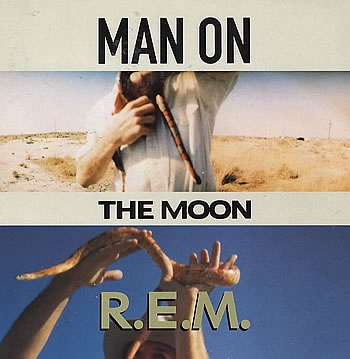
325
The three-song run that comprises the denouement of R.E.M.’s 1992 record, Automatic for the People, stands as one of the greatest album endings of all-time. The first song in that trio, “Man on the Moon” would become one of the band’s biggest singles and most beloved tracks.
R.E.M.’s first of multiple tributes to the enigmatic comedian Andy Kaufman, “Man on the Moon” would eventually become the title of the Jim Carrey-starring biopic about Kaufman. While the song makes several specific references to Kaufman’s life and career, there is a universality to Michael Stipe’s lyrics that transcend the song’s initially limited inspiration.
Musically, “Man on the Moon” is one of the brighter spots on the largely morose Automatic for the People. There is an exultant nature to the song’s chorus that would help to make it a hit, but an intimacy that undeniably reflected the band’s heartfelt admiration for the unique talent that had inspired it.
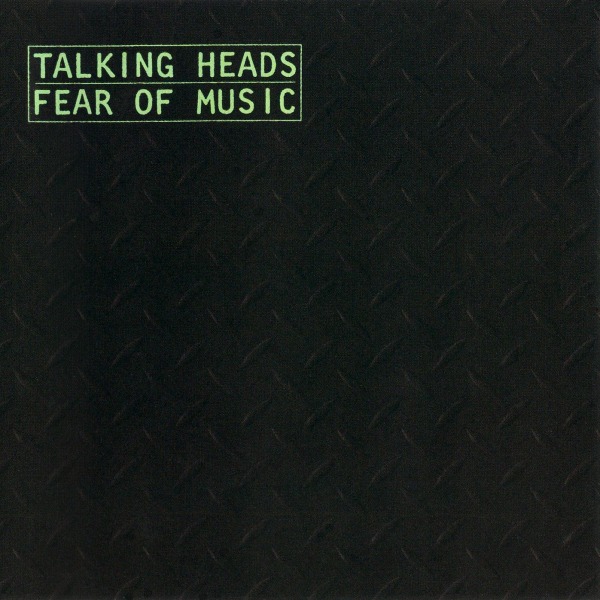
324
Just in case anybody felt that David Byrne had not gone far enough in his condemnation of “Middle America” with 1978’s “The Big Country” (#588), the Talking Heads’ frontman turned his sardonic glare toward the great beyond on the emotional centerpiece to the band’s 1979 masterwork, Fear of Music.
Recasting the biblical paradise as a “place where nothing ever happens,” “Heaven” envisions an afterlife that is little more than sheer boredom or tedium. It comes off as a semi-veiled shot at the surging “Religious Right” that – at the moment of the song’s release – was busy plotting their takeover of the highest office in the land.
Elsewhere on Fear of Music, Byrne’s skepticism of modern America had already been detailed in the jittery funk of “Life During Wartime” (#651), but “Heaven” found him targeting the sacrosanct. If his world was under fire from the tyranny of the self-proclaimed “Moral Majority,” he might as well take their nirvana down a notch.
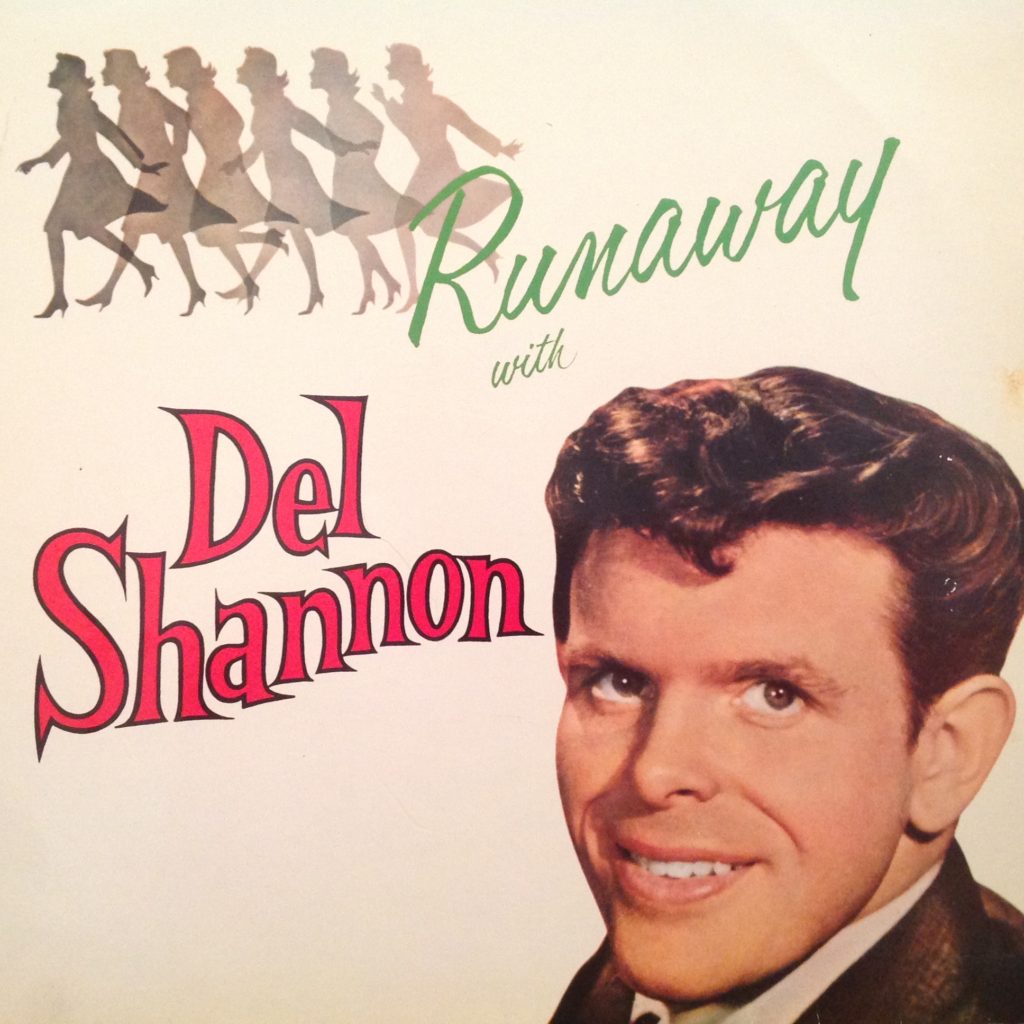
323
Del Shannon scored a handful of hits on the pop charts during his career, but they all pale in comparison to his debut single, “Runaway.” Released in early 1961, the song today sounds like a bridge between rock and roll’s then-recent past and its not-too-distant future. Both of its time and ahead of its time, “Runaway” is a two-minute crash course in pop mastery.
The past reflected in “Runaway” came largely from Shannon’s vocal performance. The minor key verses find him crooning a mournful melody over a bed of twinkling piano keys and rumbling sax. The chorus harkens back to the teen pop of the fifties, particularly in the falsetto hook that arguably serves as the song’s most immediately gripping and memorable moment.
Shannon’s melancholy melody does not return for a second verse. Linking “Runaway”‘s two choruses is an instrumental break that featured keyboardist Max Crook playing a device of his own creation, the clavioline-inspired “Musitron.” Playing an erratic solo that nods to the then-recent space-age pop fad, while simultaneously anticipating psychedelia, Crook adds a decidedly modernist touch to an already beguiling pop song.
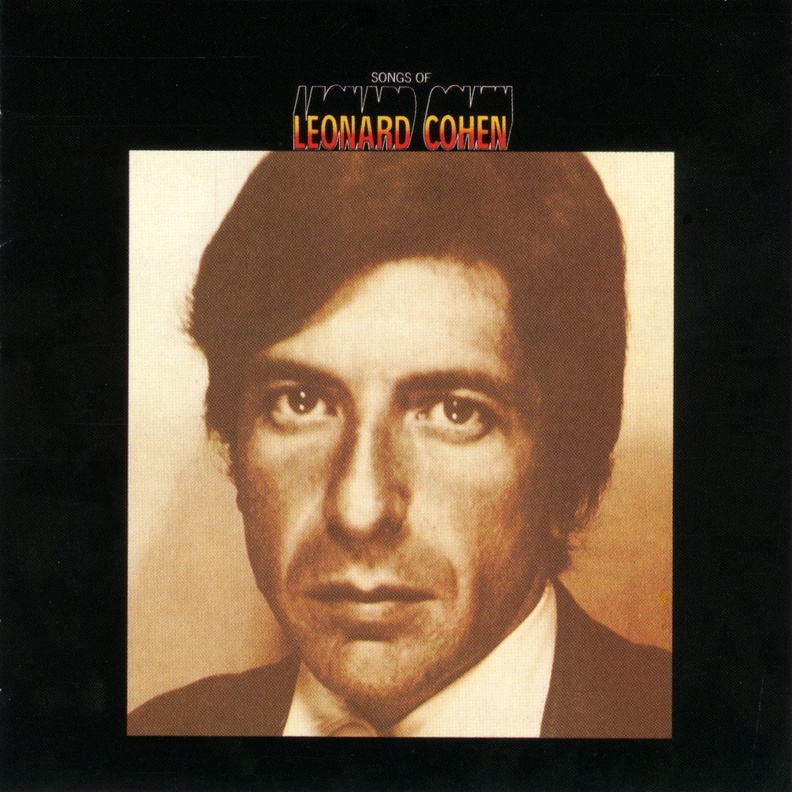
322
Leonard Cohen passed away the day before the 2016 U.S. presidential election, though his death was not publicly announced until a few days after. In a year that had already seen the passing of David Bowie, George Martin, Phife Dawg, and Prince, it was another heavy blow, dealt in a week that inspired a particularly deep sense of despondency.
Naturally, Cohen’s death prompted an indulgence in his rich back catalog. It was only fitting that Cohen’s was, perhaps, the discography best suited for wallowing in melancholy. After all, no less an authority on the subject than Kurt Cobain had once proclaimed, “Give me a Leonard Cohen afterworld, so I can sigh eternally.”
After several days, I felt the need to start pulling out of that “Leonard Cohen afterworld,” but one song remained in heavy rotation. It was the chorus of “So Long, Marianne,” in particular, that seemed best suited for the moment:
Now so long, Marianne
It’s time that we began to laugh
And cry and cry and laugh about it all again
The years since have reinforced the need to balance the dark with whatever light can be found. We can never get our heroes back, but there are always things that we can try to salvage.

321
Has there ever been a song that more perfectly straddles the line between aggression and effervescence? To start with, everything in “Cannonball” is a hook; the “ah-oooooooh-oooh” vocalization, Jim MacPherson’s drum hardware tapping, Josephine Wiggs’ half-step-flat slide that teases the introduction of the iconic bassline – and all of this before the song even gets off to its proper start. The true stars here are the Deal sisters: Kelly, whose main riff is somehow the catchiest thing on the track; and Kim, the former Pixie, who reached her songwriting apex with “Cannonball.”
As conventions of the trade go, the lyrics are relatively cryptic. There’s speculation that it’s about the dissolution of Pixies – having been released the same year as the band’s demise – and even more specifically, that it’s a swipe at Frank Black, who broke up the group via fax machine. Though this is entirely plausible, there’s little sense of vitriol on the surface level of the track. On the contrary, the entire recording comes off as an aural embodiment of Kim Deal’s signature winking smile – the perfect manifestation of nineties cool.
As a parent of teenagers, I frequently find myself talking with them about my own teen years. Often – in typical “boomer-not-really” form – I’ve waxed less-than-poetically on the virtues and privileges of growing up, relatively-carefree, in the nineties. In those moments, I should just stop talking, and play this song instead. Those years – fuzzily remembered as they may be – were not the best of my life per se, but at their absolute best, those halcyon days felt exactly like “Cannonball” sounds.


